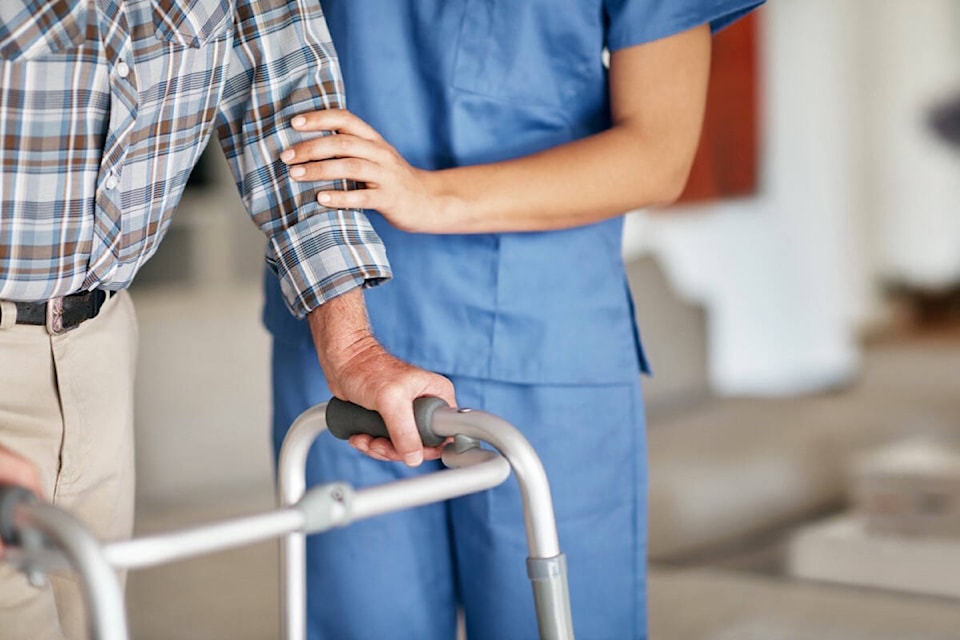Ron Cain | Columnist
Strokes, heart attacks, falls, dementia, unstable medical conditions and the lack of family support contribute to a senior needing to be in a care facility.
No one I know desires to live-in care, with a progressive declining quality of life.
My mother has been in care for years, and my sister has too. I have spent many hours over a lot of years in different facilities, and I also worked in independent and assisted living retirement communities for six years.
As a personal trainer, my senior clients have one strong desire: to stay out of the healthcare system and lead an active, rewarding life. There is no single magic solution that assures a happy future, but there are many things we can do that cost nothing and can make a massive difference to our last decade or two.
Falling at home is a leading cause of hospital admissions.
A huge part of fall prevention is fitness. Loss of leg strength leads to a reduction in the height of leg lift which in turn contributes to tripping. General loss of strength also impacts overall balance.
Lack of exercise also contributes to other issues that can lead to care: poor circulation, high blood pressure, diabetes, and an increased risk for dementia and depression.
RELATED: Popular myths about exercising
A 30-minute walk twice a day will make a huge difference, and when combined with simple movements such as step-ups and standing up from a seated position in a kitchen chair, it will reduce the risk for falls and diseases by as much as 50 per cent.
Another key contributor to declining health in isolation from the community and lack of multi-generational interaction is that humans are tribal animals. Mentally we like to live in groups. Getting out of the home, attending physical and social programs, volunteering with younger people – all these are opportunities to fuel our spirits, boost our happiness index and make us feel part of the bigger picture.
Communities need to plan for inter-generational opportunities and multi-age housing, not 55 plus buildings. Instead, we need apartments/ and condos with playgrounds and gyms, perhaps a daycare on the main floor. Assisted Living facilities need to have low-income micro-apartments for university students who work with the seniors in exchange for a lower rent. High schools need to set up programs where seniors are recruited to provide academic tutoring after school. Elementary schools need to recruit older neighbours to help read to younger students.
Organizations can reach out more. Urban planners need to think outside the box; seniors need to shake off thoughts that they do not have anything to offer.
My great aunt was a high school English teacher from age 19 to 60. After she retired, she tutored students without charge for 30 years. She died with all her marbles in the bag, happy and fulfilled.
•••
Ron Cain is the owner of Sooke Mobile Personal Training. Email him at sookepersonaltraining@gmail.com or find him on Facebook at Sooke Personal Training.
editor@sookenewsmirror.com
Like us on Facebook and follow us on Twitter
